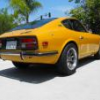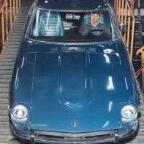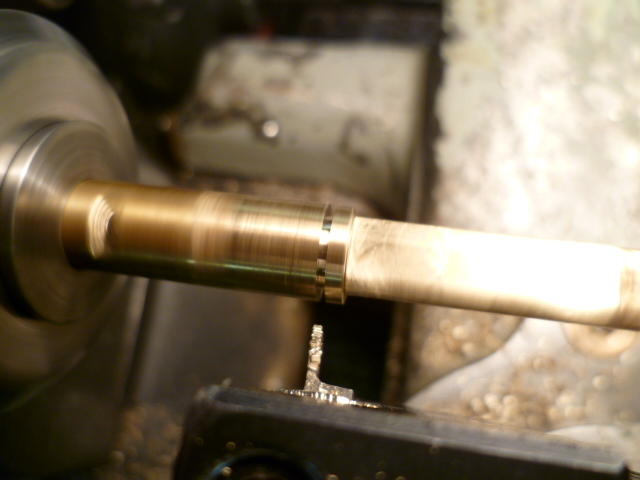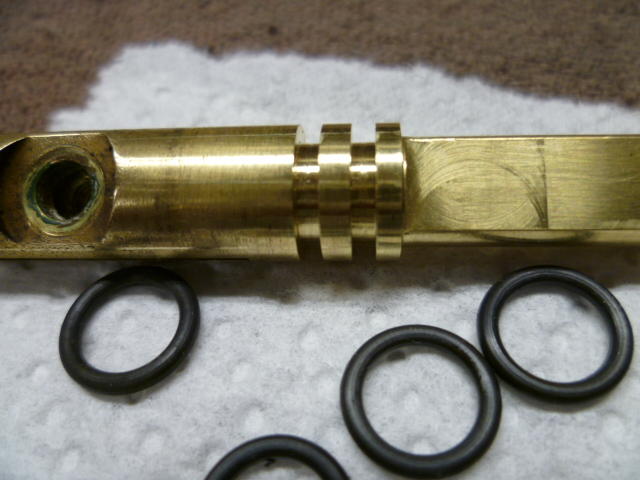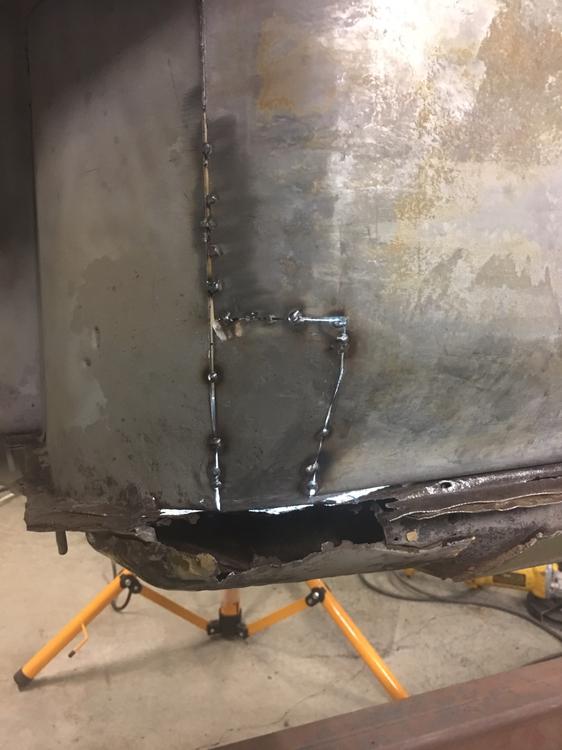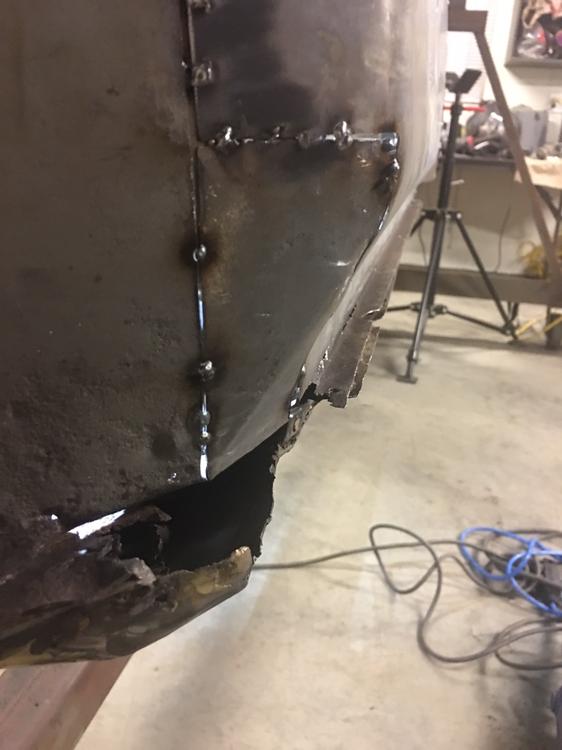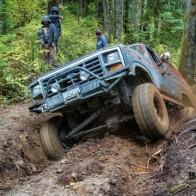Agreed. The -2 carbs are certainly better. I don't think they ever got the bugs worked out of the -1 and just bailed. It's hard to come up with a post-mortem engineering analysis as to what happened with the progression from -1 to -2, but if I had to guess it was something like "Ooops! We better change that, and quick!"
Couple other comments. First, don't throw away your old float bowl seals. The new ones have a tendency to swell significantly when they come in contact with gasoline (stupid, right?), and you may find yourself wanting to resort back to the old ones and a smear of fuel resistant sealer. So try to carefully pick the old ones out of the grooves without tearing them.
Also, don't give up on the throttle shaft bushings just yet... Just because the hole is off center doesn't necessarily mean that it is oval worn. In fact, the bushing in your pic clearly has more steel on one side than the other, but I suspect they were pressed into the body and then line bored and reamed as a final step to assure alignment between the two bushings. And because of that, they may have ended being machined in such a way that the center hole is not concentric with the outside of the bushing. That doesn't matter... All that matters is that the two of them are in alignment with eachother and are in the center of the carb throat.
I would expect that even if something is worn some, the steel shaft would wear a whole lot faster than the steel bushing. So if you stick a 10mm rod into the bushing, is it all sloppy like, or is it still a good fit?
And about that green coating? I suspect it's a lubricant. So they don't have the sticky brass of the shaft riding on the steel bushing. I wasn't there when they designed it, but I suspect it's meant to be slippy. (That's a mechanical engineering term, isn't it?)
And last... Too bad about the broken alignment cone on the suction piston cover below. Is that a test piece just for clean-up and polish, or is that one that you were going to use on the final product?
 Subscriber
Subscriber 4Points2,228Posts
4Points2,228Posts





